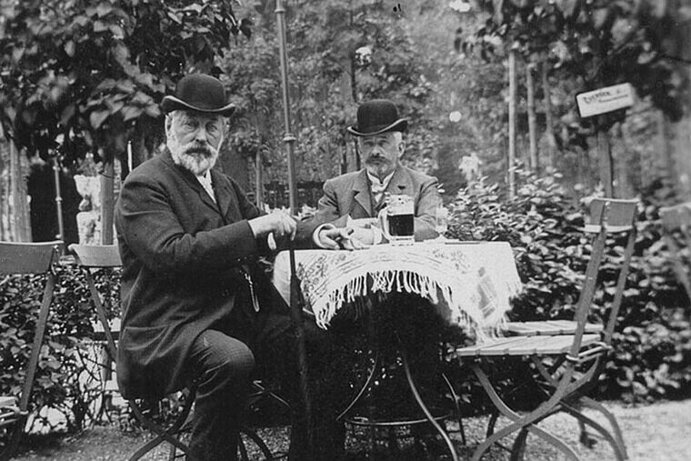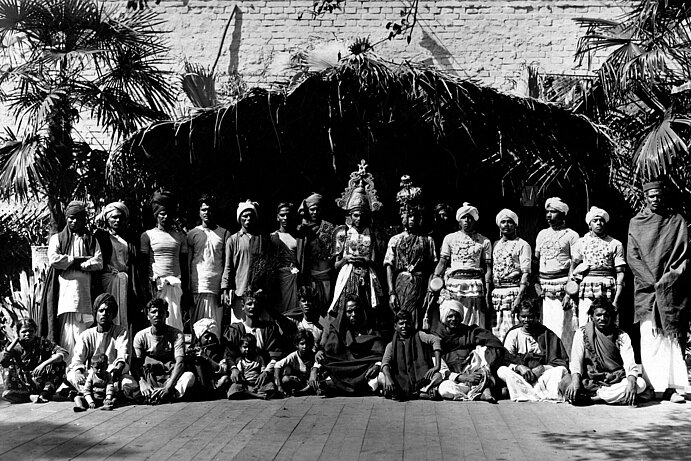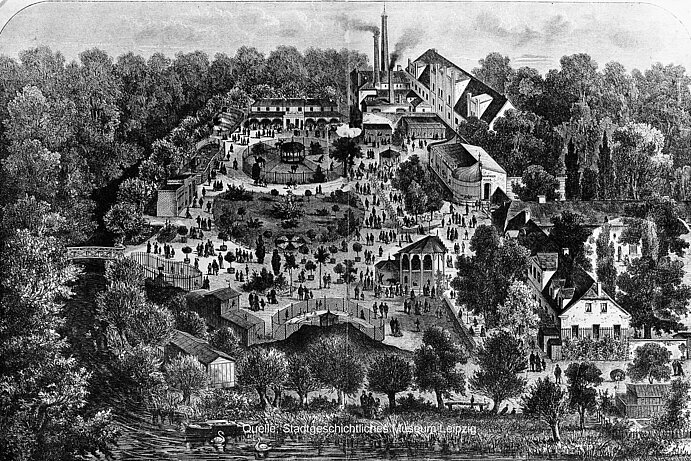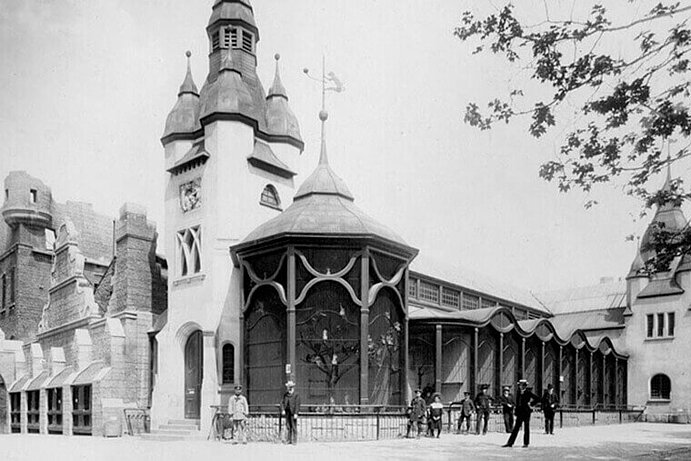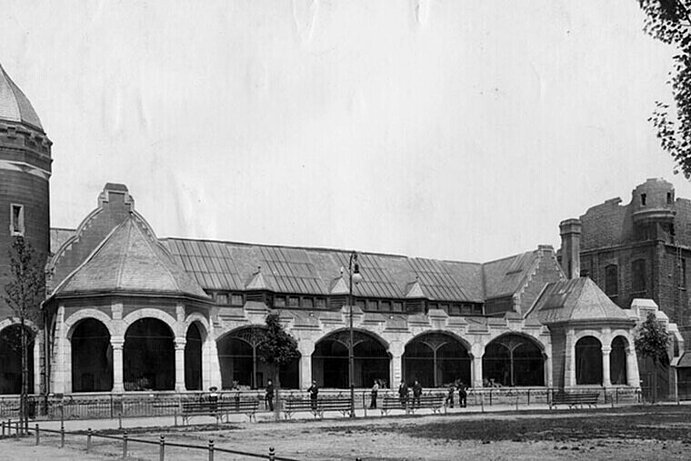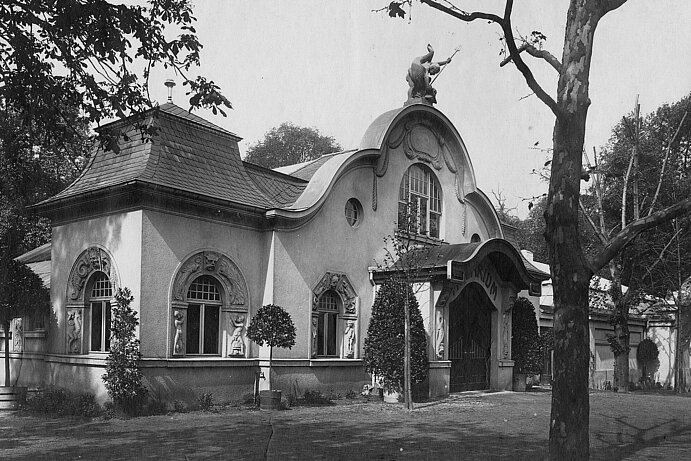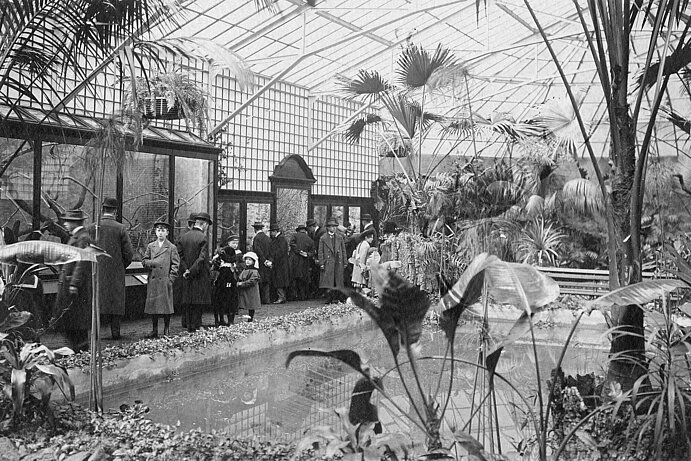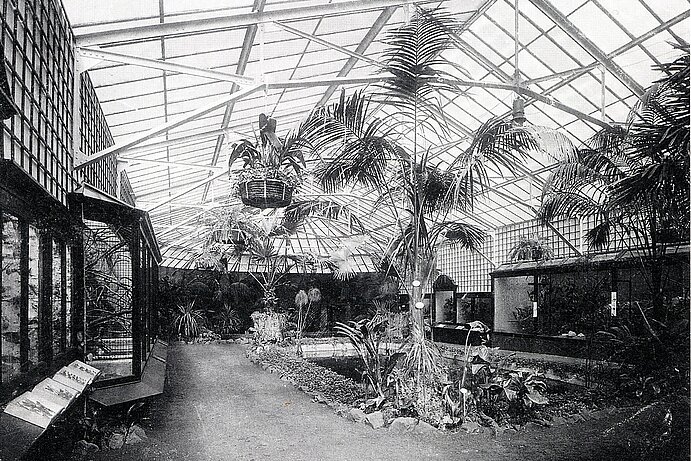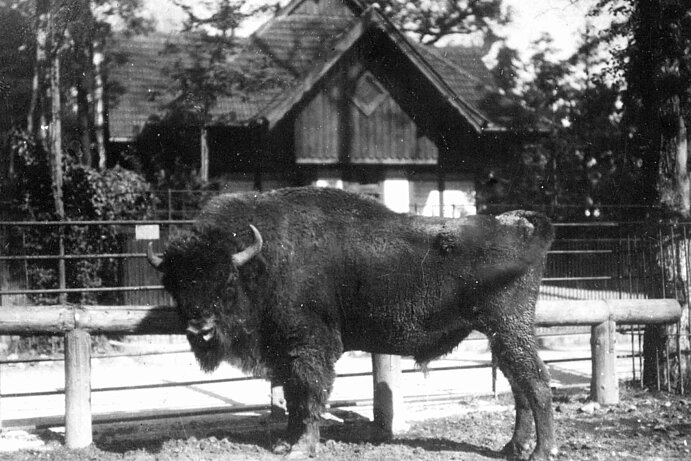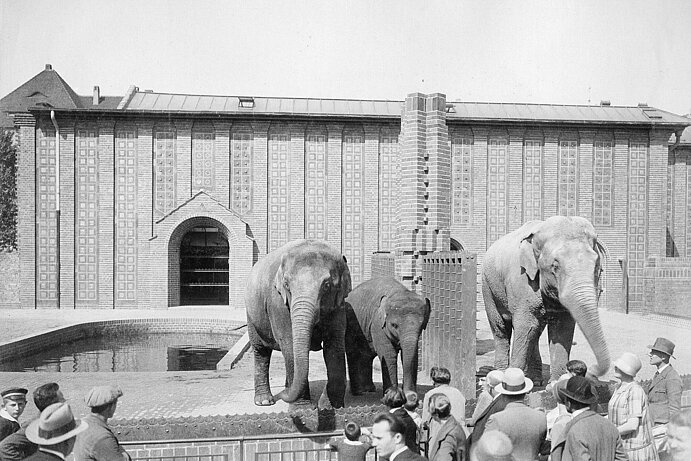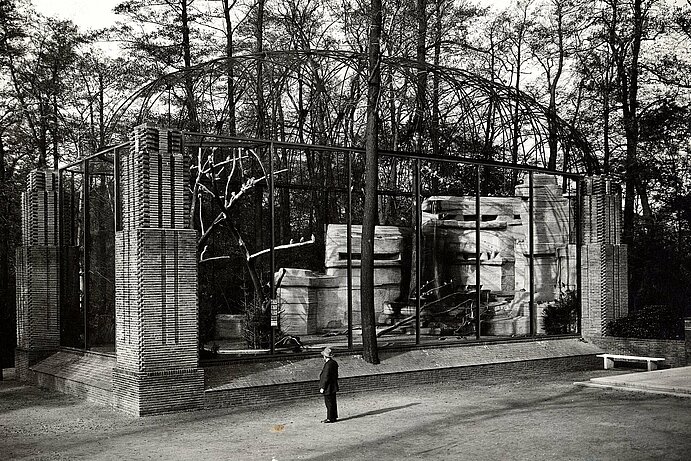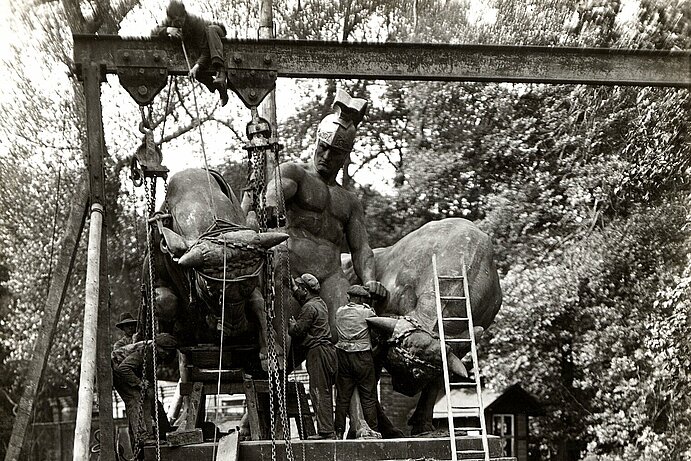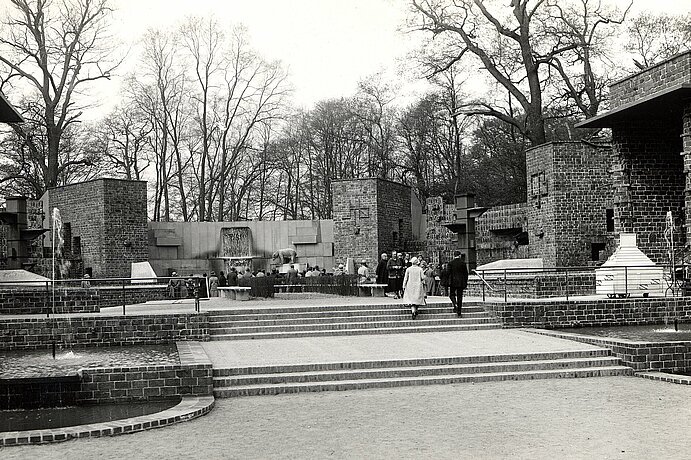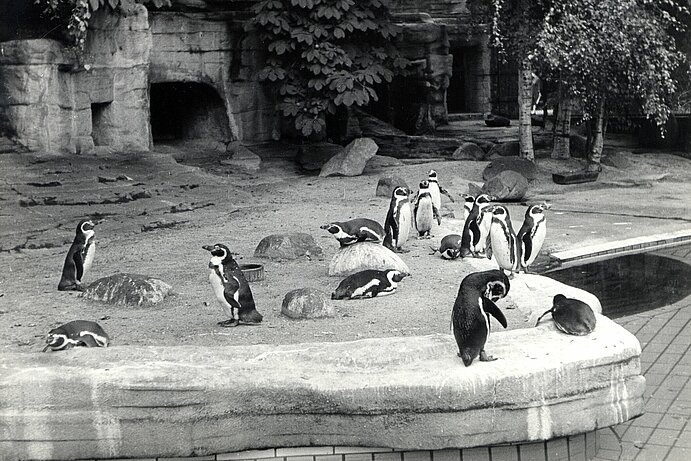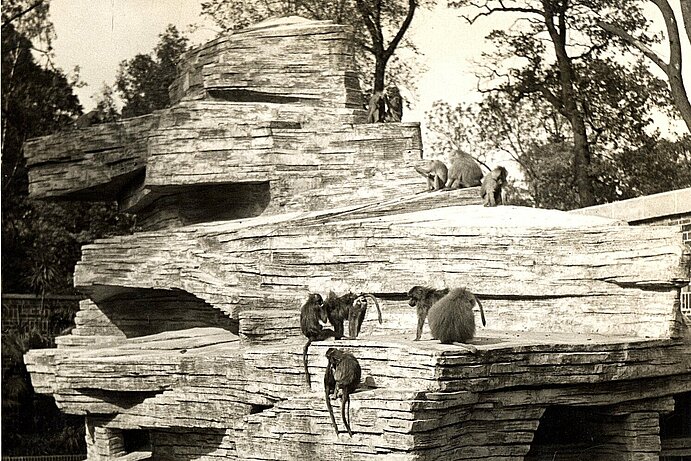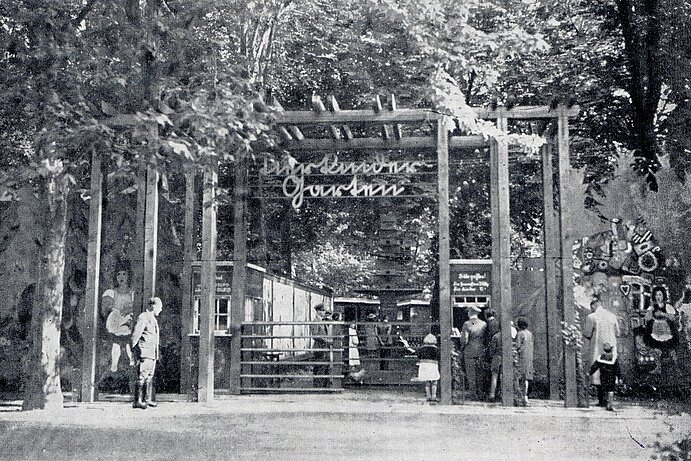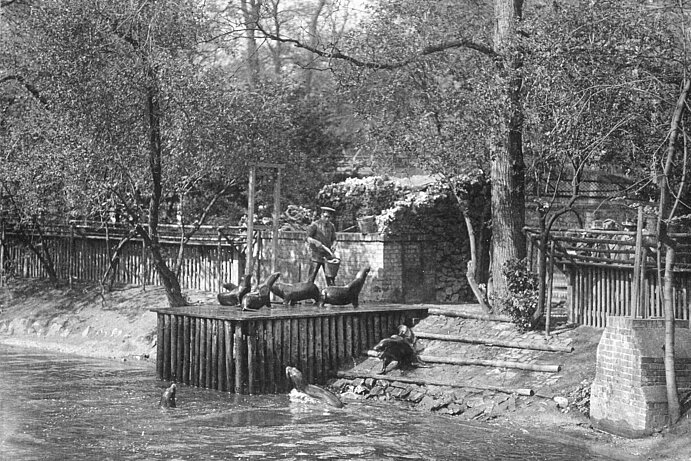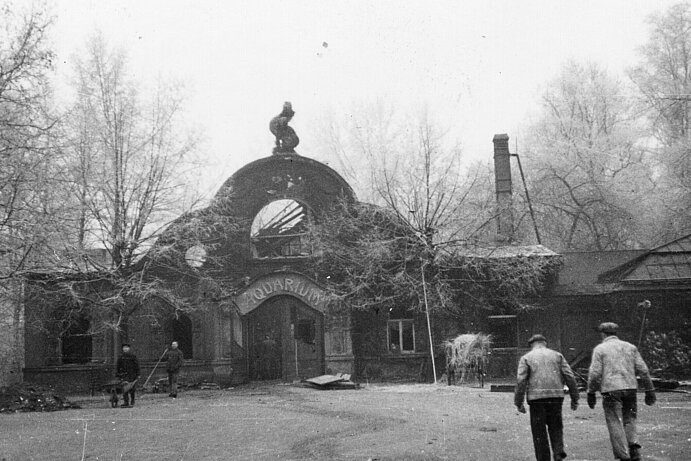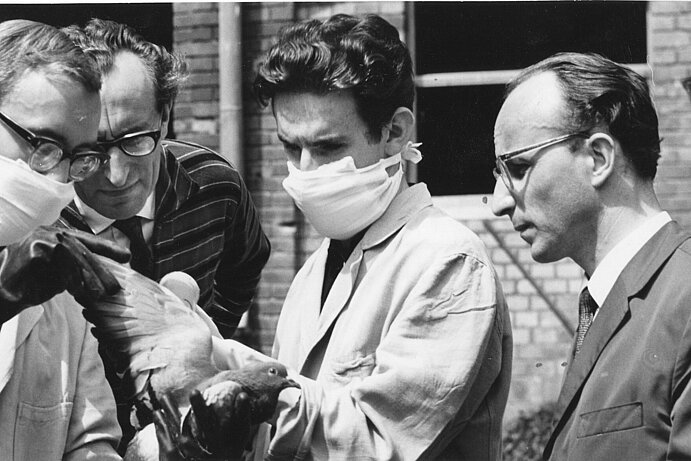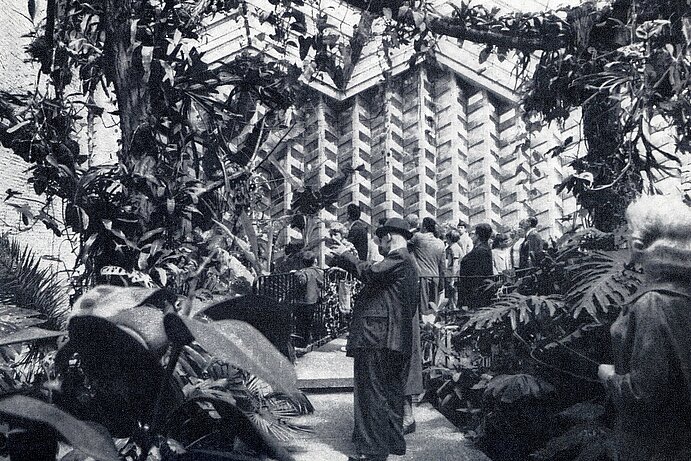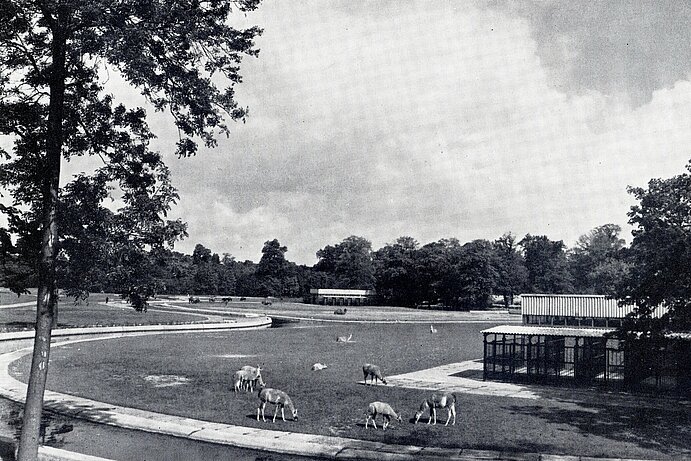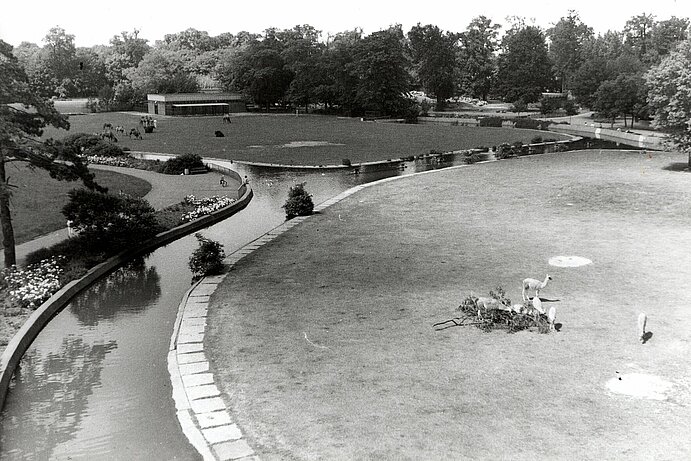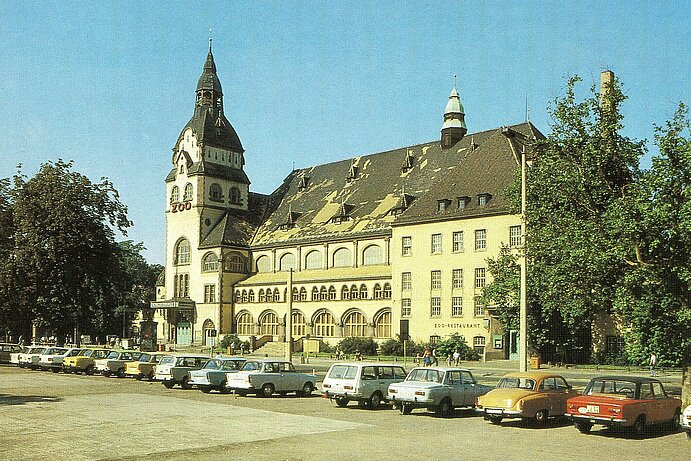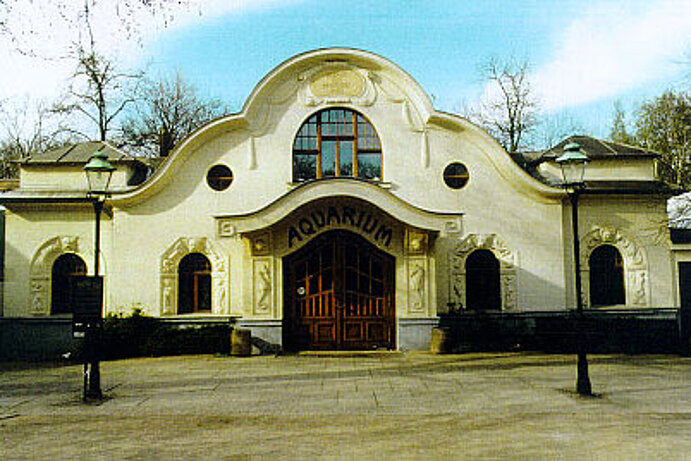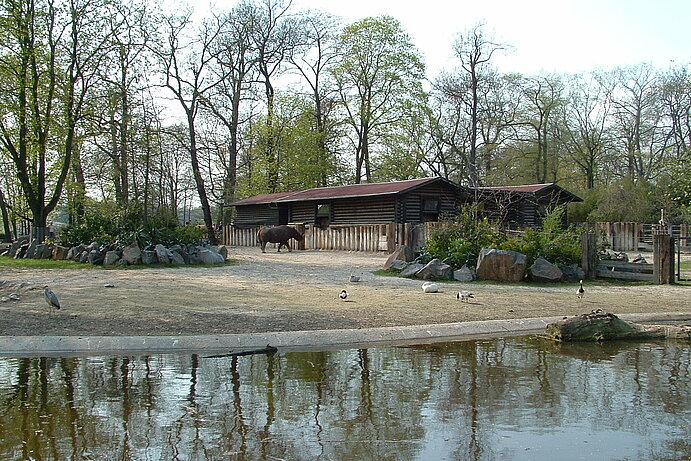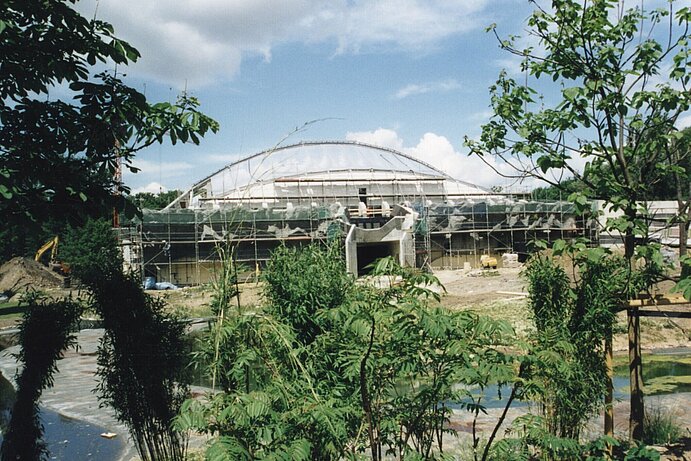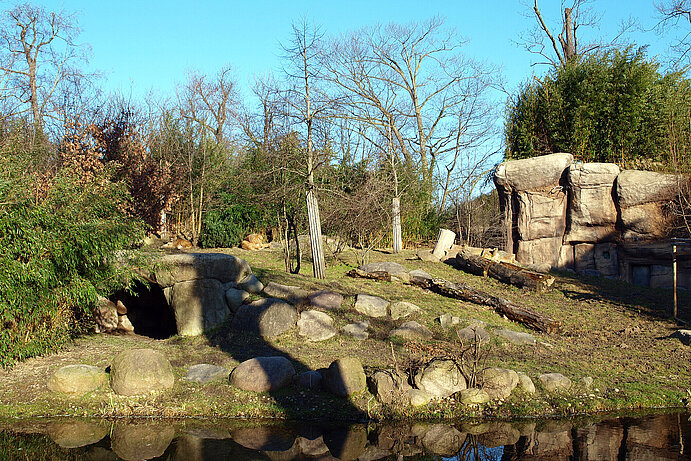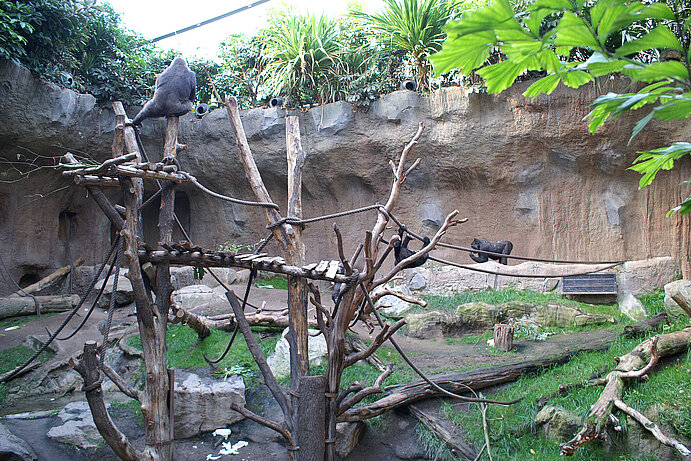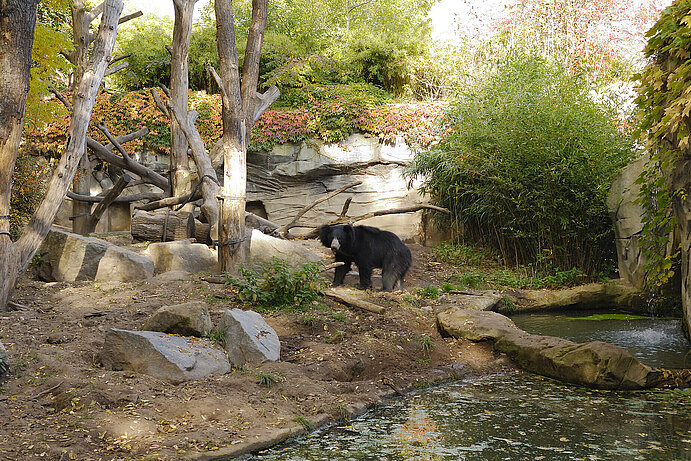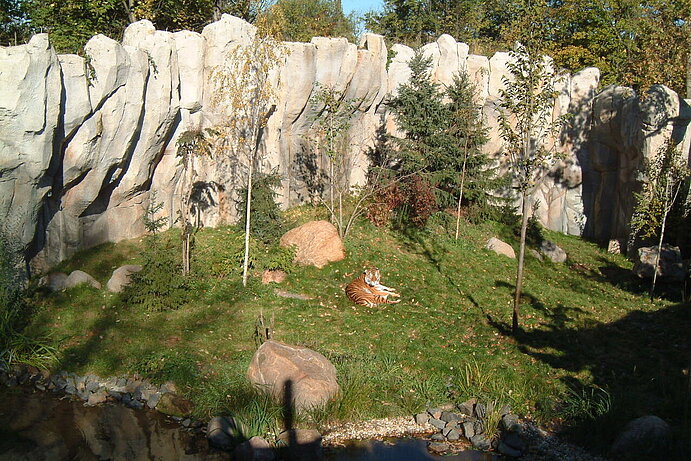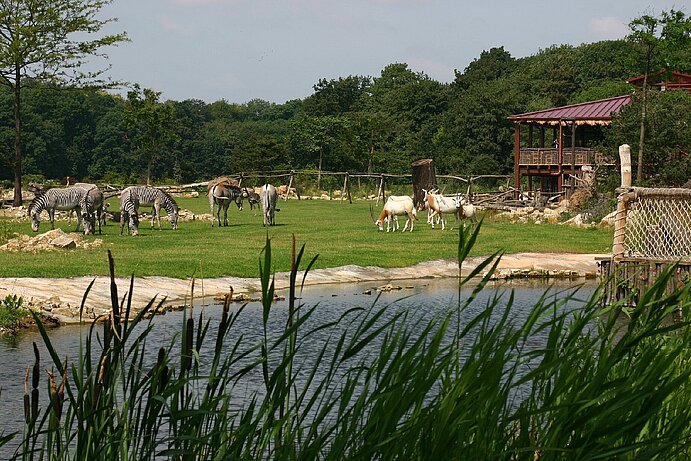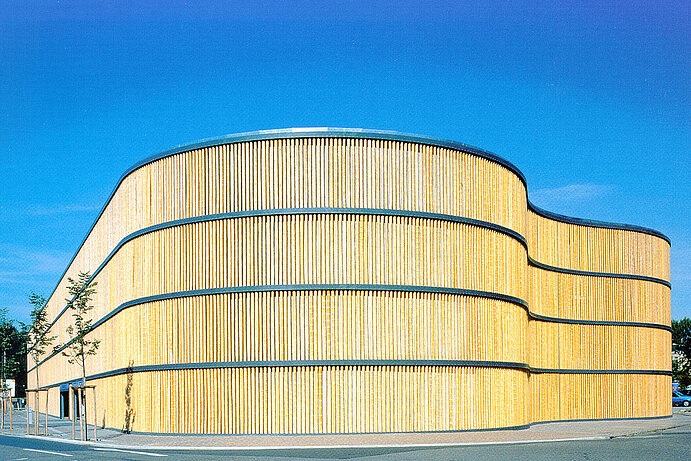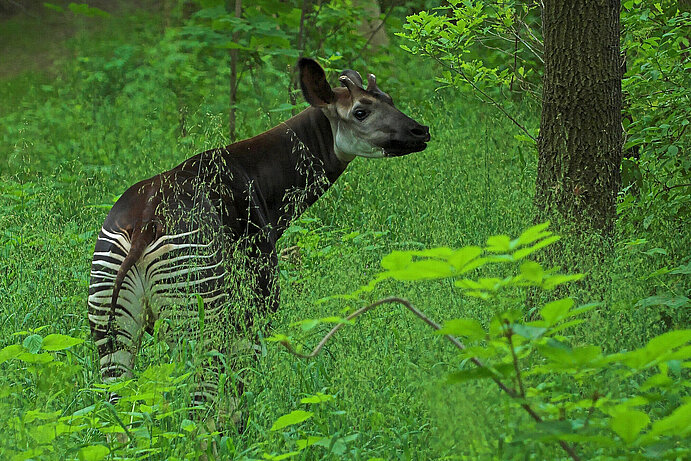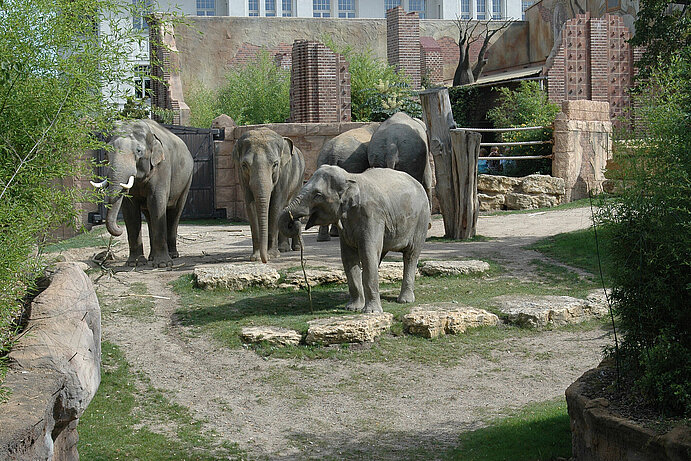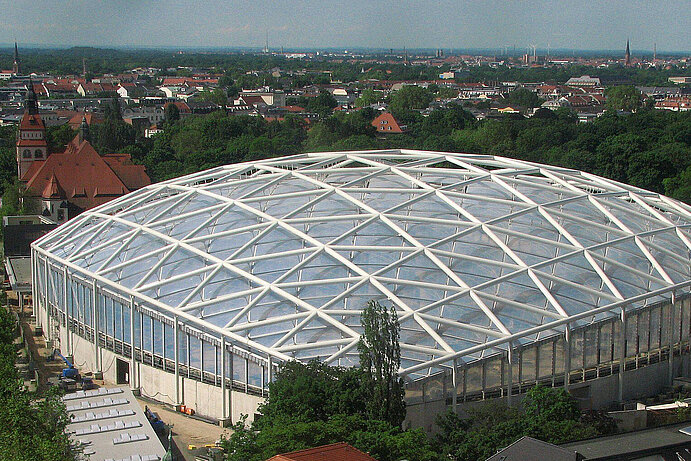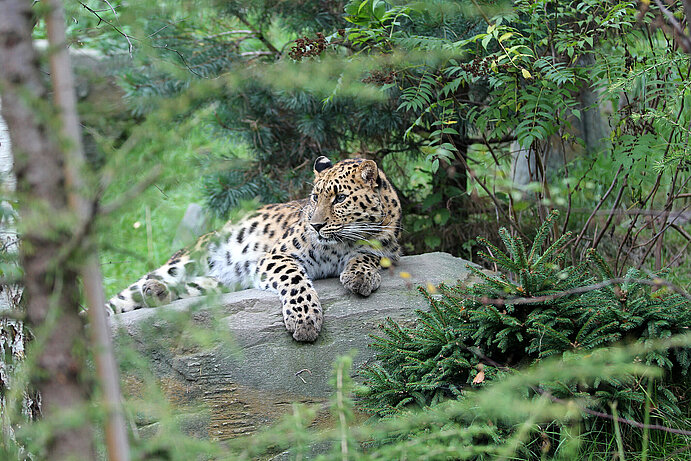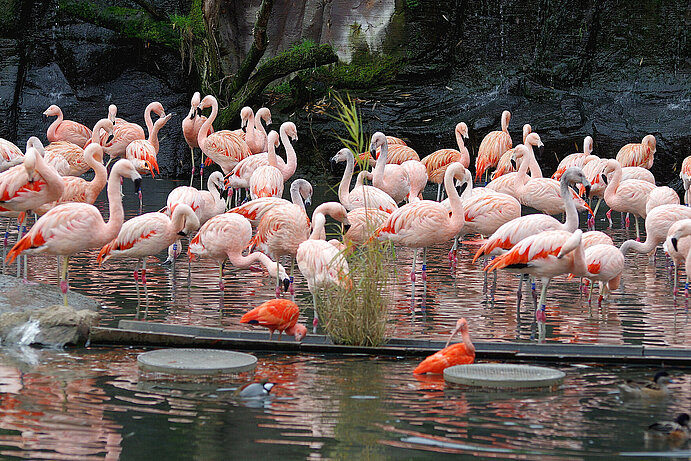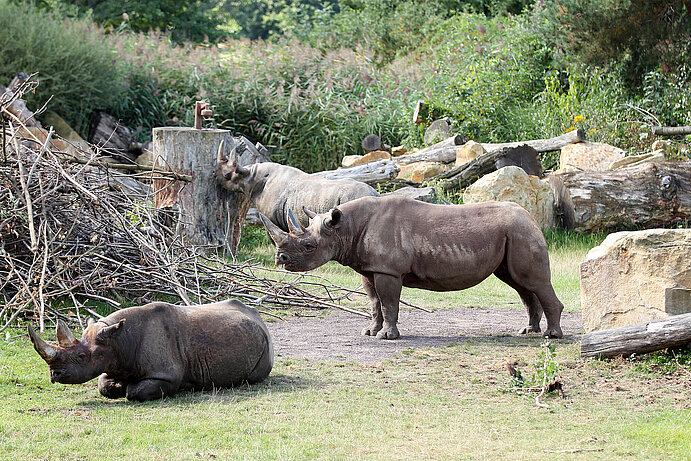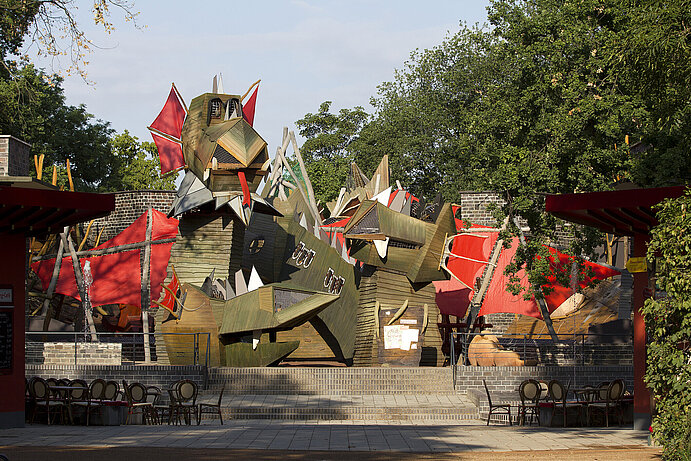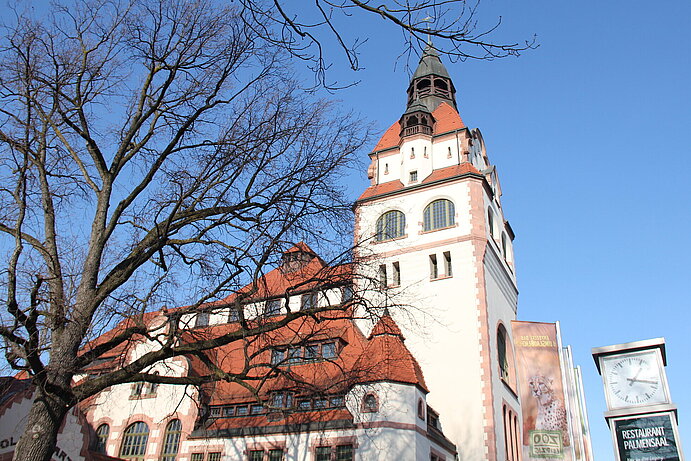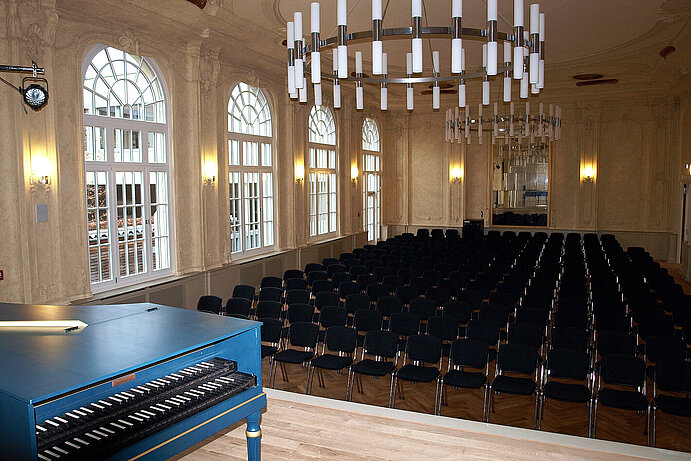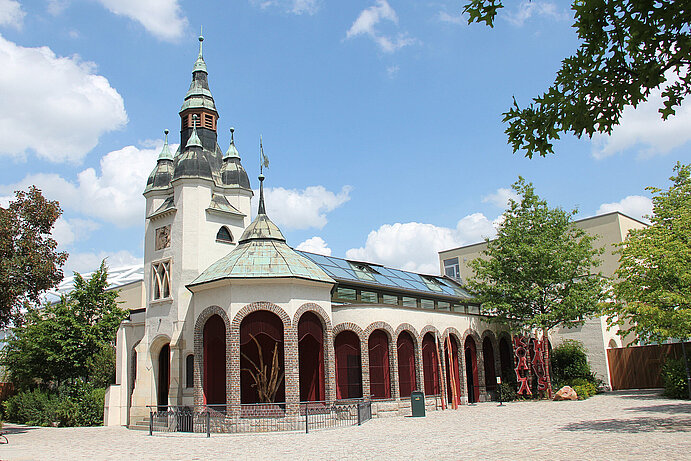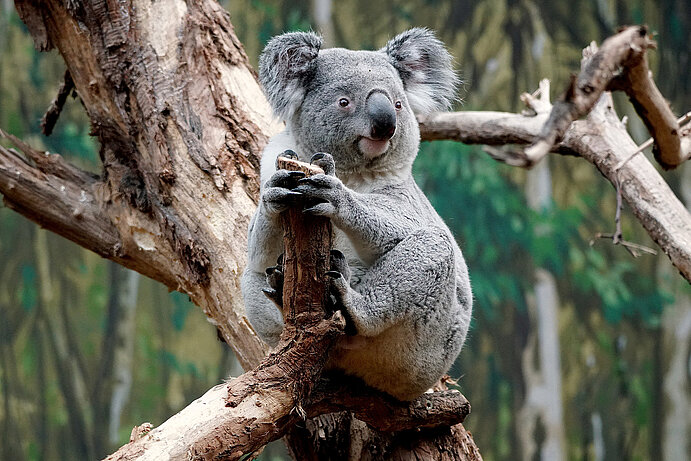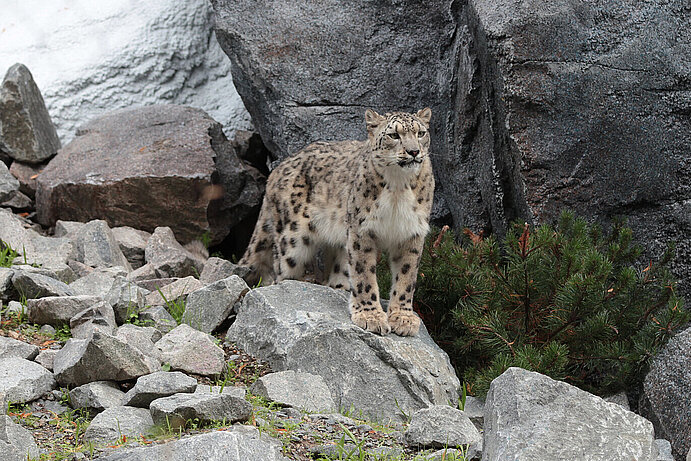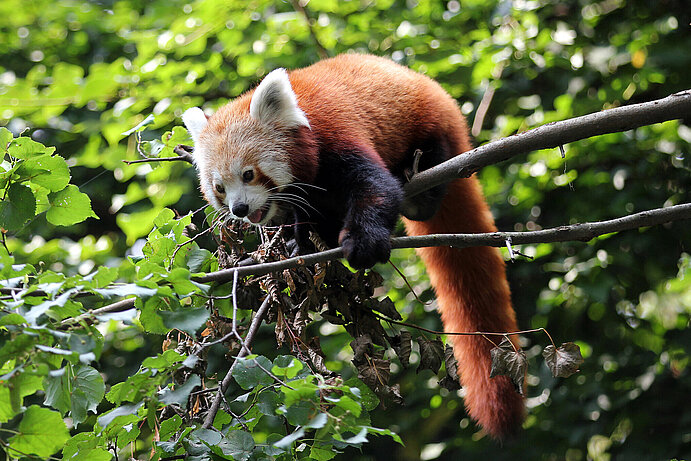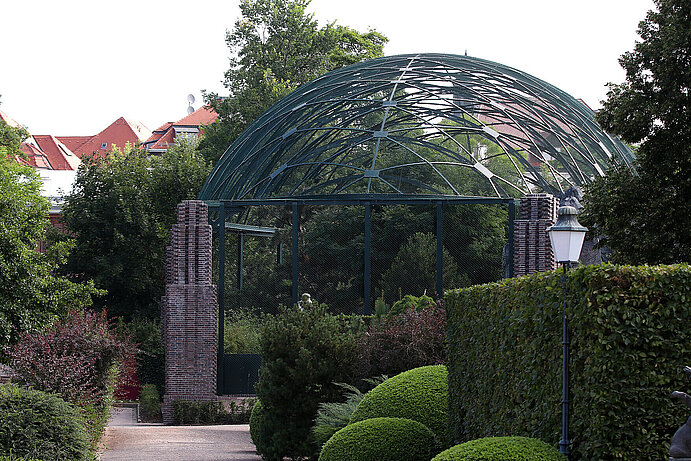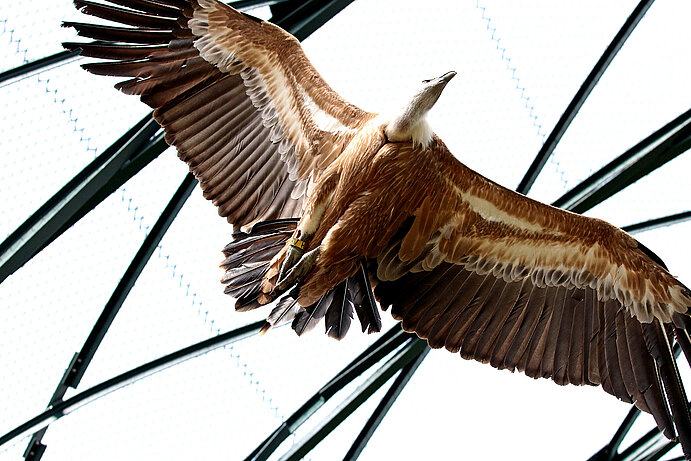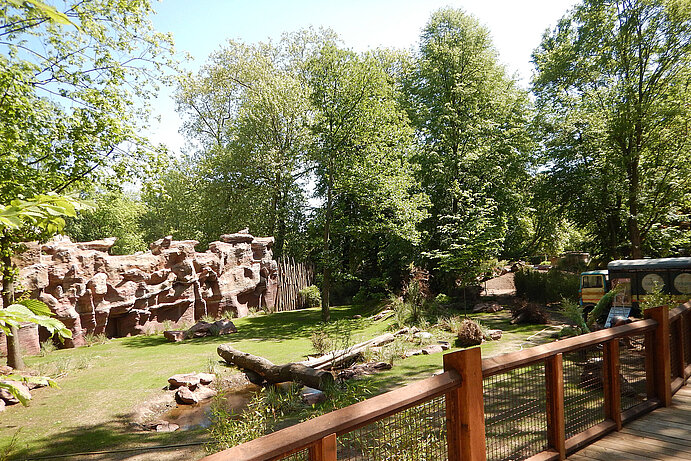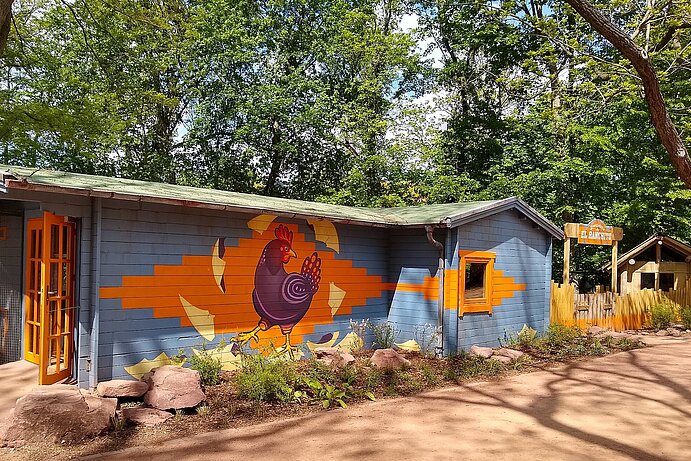History of the zoo
In the 19th Century, narrative works about wild animals and lands far away captivated humans, making animal shows grow in popularity. This enthusiasm caused the landlord Ernst Pinkert to convert his restaurant ‘the Pfaffendorfer Hof’ into a zoological garden. On Whitsuntide in 1878 4,500 visitors congregated for the opening of the zoo to see kangaroos, parrots and oryx as well as the Bengal tiger and a pair of lions.
For over 140 years Zoo Leipzig has constantly been part of social and political developments and has survived two world wars, economic instability and times of political unrest to become the "Zoo of the Future" that it is today. Go on a journey through time with the zoo’s history and its ups and downs with the book: "Auf der Spur des Löwen. 125 Jahre Zoo Leipzig".
1878
On 9th June, Ernst Pinkert opens a restaurant (the Zoological garden of Leipzig). From the public house „Pfaffendorfer Hof“ that includes an animal enclosure one of the first zoos in Europe is born.
1879-1898
In spite of financial difficulties Pinkert still manages to build new enclosures and to increase the number of animals. The combination of animal keeping, gastronomy and events ensures the zoo’s survival. Sporting and music events take place as well as "people spectacles".
1898
A "zoological garden limited company" is founded, which purchases the zoo. Pinkert receives financial compensation and remains the director. In subsequent years extensive renovation of the zoo takes place.
1900 / 1901
The zoo is extended. Within only two years a new building for big cats is built as well as the primate house and the main and administrative buildings.
1910
The aquarium is built, in which fish and other sea creatures from all over the world still swim today.
1913
The aquarium is extended to include a terrarium. Snakes, lizards and alligators are still housed in this Wilhelminian-style building today.
1914-1918
The extension of the zoo is stopped due to WWI. The limited company experiences losses from 1915. Many zoo keepers are enlisted in the army, the running costs of the zoo increase and the number of animals is reduced. In 1920 the limited company goes bankrupt and the city takes possession of the zoo.
1928
Wild activity at all heights – the aviaries and the outdoor pens for the big cats are opened. The Jason monument is also erected.
1935
Fun for both kids and adults: the zoo builds an animal kindergarten for stroking, petting and feeding.
1939-1942
After the start of WWII one third of the zoo’s workforce (ca. 20 zookeepers, workers and support staff) are conscripted into the "Wehrmacht". In 1942 the number of visitors reaches a new record: 840,000 paying visitors.
1943-1945
The zoo suffers from losses in animals and buildings due to numerous air raids. A lack of animal feed and fuel leads to the death of even more animals. Prisoners of war work for the zoo, which is then closed to the public from 19th April to the 5th May 1945.
1955
The first apprentices start the first state-certified apprenticeships as zookeepers. From the very onset an obligatory timetable ensures the high standard that still exists today.
1969
The birds start chirping: the walk-in birdhouse opens its doors. It houses exotic bird species at tropical temperatures. The zoo school is also established.
1976
On the Rosenthal paddock the ungulate enclosures are finished. African domestic goats, Chinese water deer and Australian red-necked wallabies come to Leipzig.
1990
The financial situation dramatically deteriorates. Just before the monetary union the city blocks all accounts and only guarantees to pay wages. Criticism is raised about the animal keeping conditions. The zoo becomes a municipal company.
1992
One of the oldest parts of the zoo is renovated: after 82 years the aquarium is finally renovated and extended. Additional tanks create new habitat for the fish.
2000
On 14th July the municipal councillors unanimously decide upon the concept of a "Zoo of the Future". On 1st August the zoo is turned into an Ltd.
2001
The new Millennium gets off to a good start for African big cats and primates as the lion Savannah Makasi Simba and Pongoland open their gates.
2002
The sloth bears move from the bear castle to their new home (sloth bear ravine). The historical big cat house is converted into the Explorer’s House Ark.
2003
More habitat is created for the Asian big cats as the Tiger Taiga is finished. A glass panel down to ground level enables visitors to view the tigers swimming.
2004
Excursions can now be made to see giraffes, zebras and other animals of the newly created Kiwara Savannah. The zoo’s multi-storey car park is also opened.
2005
Okapis (endangered forest giraffes) are given a new home. These reclusive animals from the Congo feel at home in the specially designed forest enclosure.
2006
A temple in the zoo? Naturally! When all is said and done our elephants come from Asia. Our elephant temple Ganesha Mandir provides our elephants with the luxury of sand and water pools.
2011
After four years of construction work, our fascinating tropical experience world Gondwanaland is opened. Housing around 640 exotic plant and animal species it gives visitors exciting views from the canopy trail and jungle paths or from a boat trip on the river.
2015
Kiwara-Kopje – an enclosure for Eastern black rhinoceros, cheetahs and patas monkeys as well as Bear Castle playground are opened.
2015
With a restoration concept initiated by Zoo Leipzig, the City of Leipzig and the Leipziger Messe GmbH, the historic Congress Hall is revived as a modern and multifunctional cultural, exhibition and event center in the heart of the city.
2016
After a year of renovation work the historic ape house originally opened in 1901 in the zoo’s Founder’s Garden is finally reopened as a modern koala house.
2017
On 01.08.2017 the high mountain landscape Himalayas is opened as a species-appropriate enclosure for snow leopards and red pandas.
2018
The Pampas, the Pantanal and Patagonia entice visitors with inhabitants such as guanacos, giant anteaters, maned wolves and rheas.


